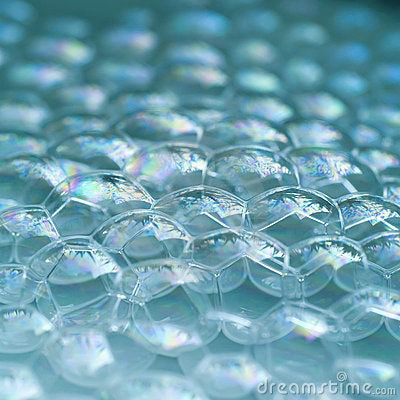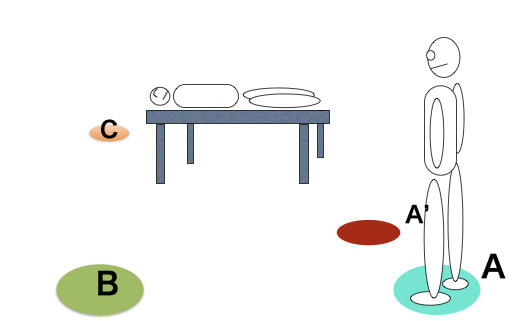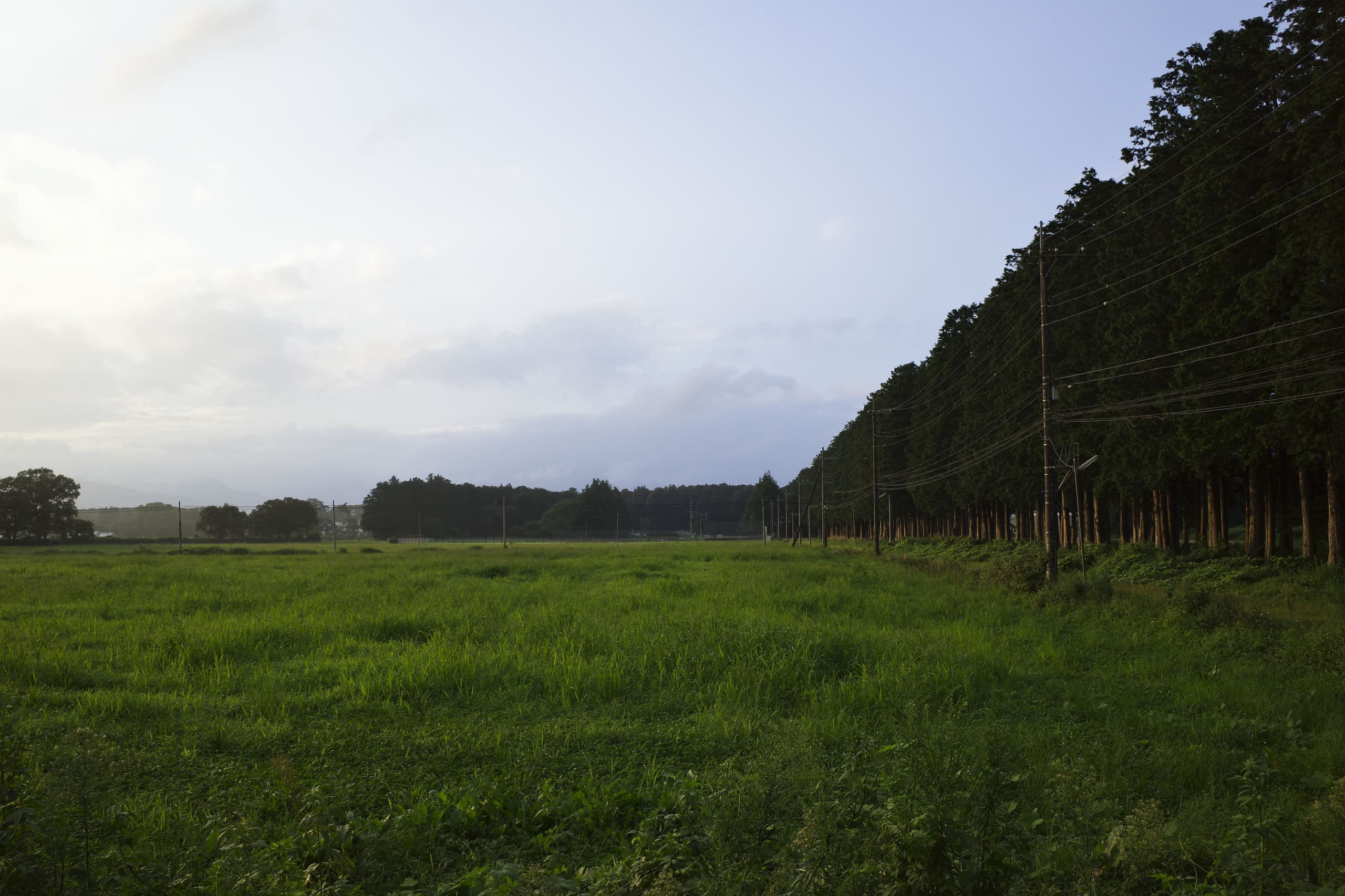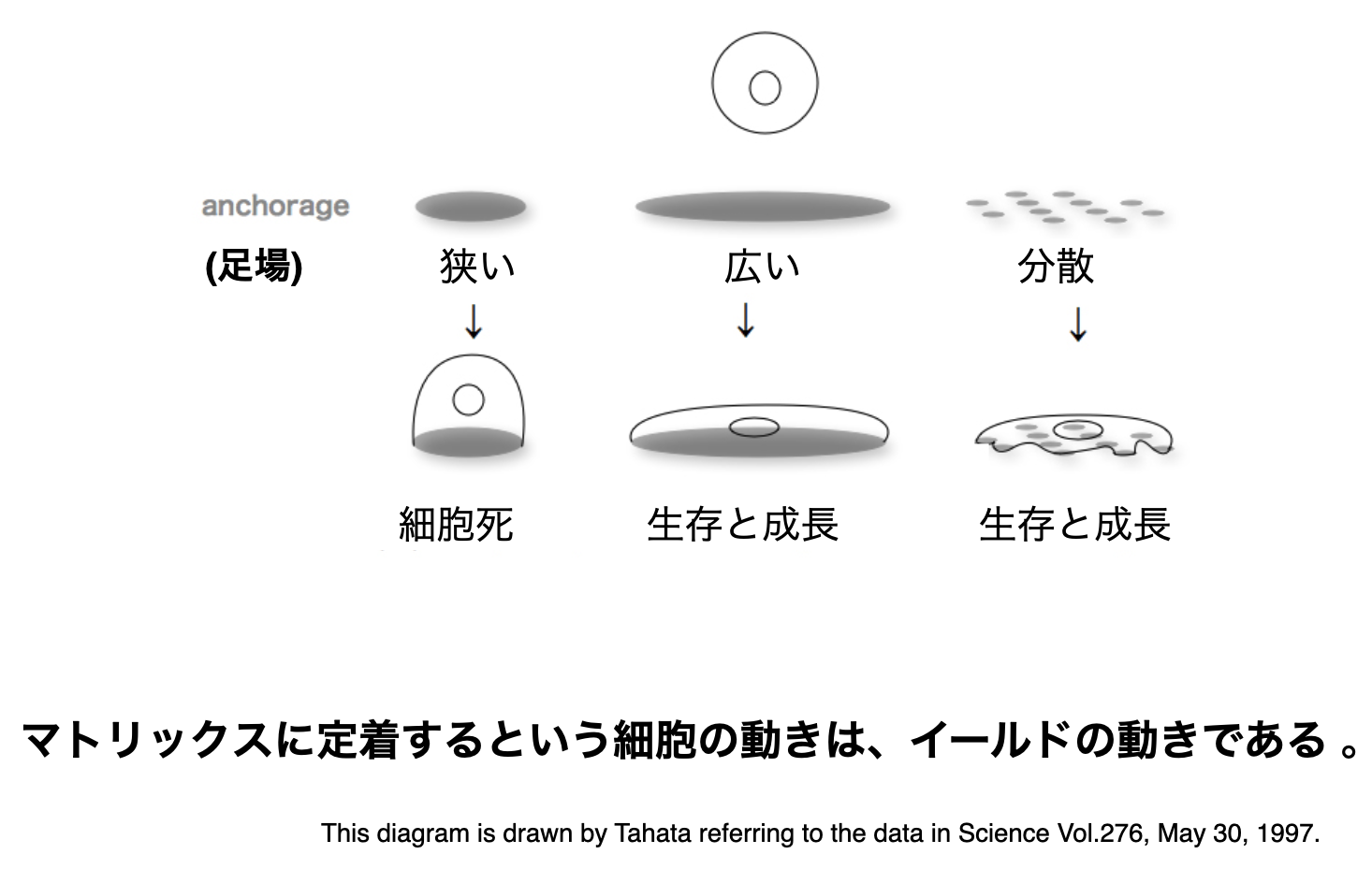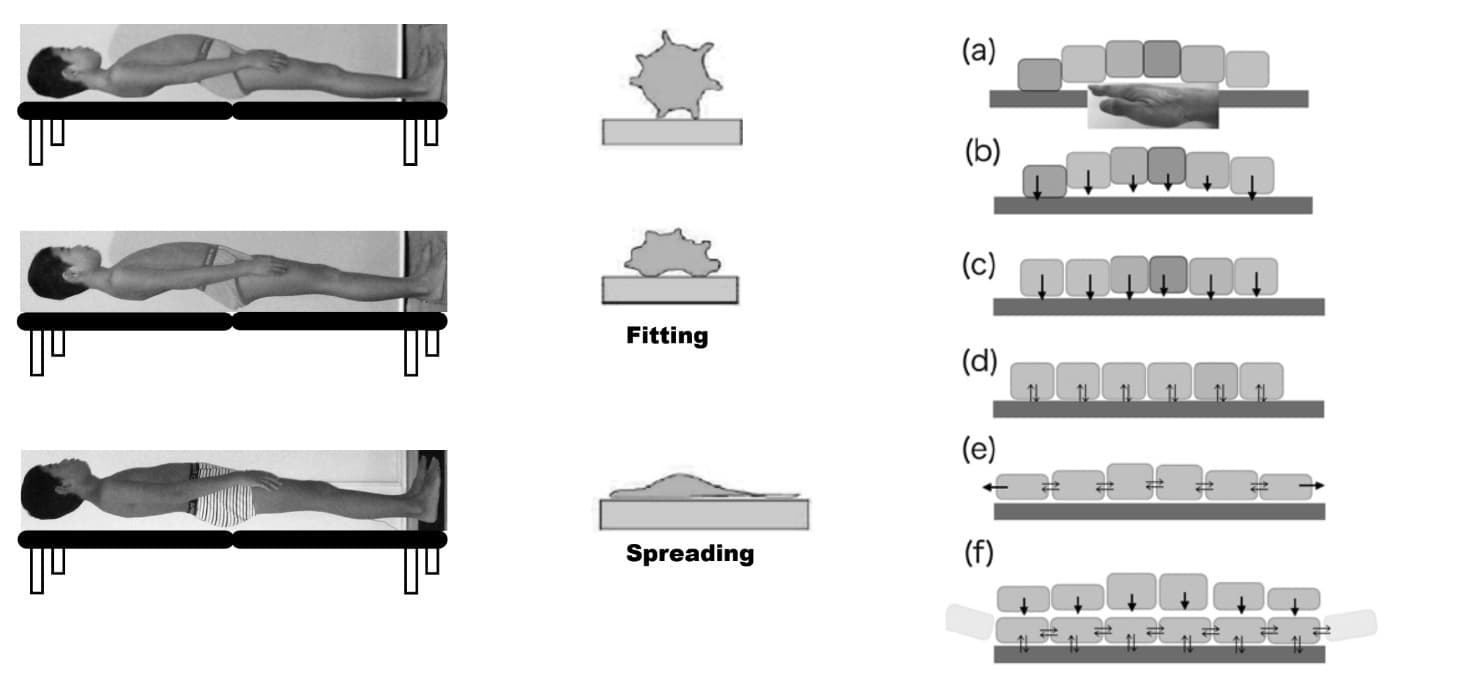The action of yielding brings us into contact with the environment so that we can release our weight into gravity. As the weight of body mass is given over to gravity, a corresponding sensation of lift rises through our structure supporting other gestures and movement expression.
Another important inspiration for this quest was learning Hiroyoshi Tahata's "Yield" apporach to Rolf Movement (Tahata and McConnell 2015). Tahata is a certified Advanced Rolfer and Rolf Movement Instructor who came to Rolfing SI from a cellular-biology background. He uses the back side of his fingers, lightly resting on the client, to evoke an almost instantaneous, system-wide activation of motility. He also uses the back of his hands, under the body, to cue the client's system top yield to gravity. If you ever have the opportunity to watch him, the dance he leads, between interoception and exteroception is exquisite.
The Art of Yield approach to Rolfing® Structural Integration
The Art of Yield stimulates the motility response in living tissue, which promotes a system-wide coherency that has profound transformative potential. The practitioner’s touch invites a very deep relaxation in the whole body-mind system, facilitating decompression of joints and core-space expansion. It evolved in response to the need to provide structural integration to people who could not tolerate the classical myofascial release techniques typically used in Rolfing SI. The Art of Yield demonstrates that effective structural change can be achieved through gentle and brief, but precisely timed, touch. It is based on the concept that change becomes more lasting and meaningful by engaging the client’s own self-regulatory intelligence, rather than forcing change that the practitioner believes needs to happen.
The perceptual state of the practitioner is key for this work. It is important to attend to your internal sensations, as well as the sensation of the space around you, including the client, consistently throughout the session. This state enables a palpable flow that assists the practitioner in tracking the emergent wave of motility. In addition, orienting around perception and interoception engages presence, which is essential.
この技法は,生きた組織が本来持っている微細で自律的な動きの反応を高め,深い変容をもたらす力を秘めたcoherentな状態 (全体が一体となってゆらぐ状態)へと促します。
用いられるタッチは,心身のシステムに非常に深いリラクゼーションを導き,関節内とコアの空間に広がりをもたらします。ロルフィングを行う上で,典型的によく用いられる古典的な筋膜リリースの手技を受け容れられない人々に対してもワークが提供できるように,この技法が開発されました。 この技法においては,とても繊細で簡潔なタッチが適切な間合で用いられますが,効果的に構造の変化がもたらされます。しかもクライアント自身が持つ自己調整の知性を動員することによって,変化が持続的で意義のあるものとなることを目指しています。それは施術者が必要だと思い込んだ変化を無理強いするコンセプトとは,対極にあるものです。
このワークの鍵となるのは,施術者の知覚状態です。セッションを通じて,内側の身体意識のみならず,施術者のクライアントを含む周囲の空間に対する感覚を持ち続けることが,重要となります。この知覚状態は,発生した微細で自動性の波を捉えている時に,施術者がうまく”流れ”に入るのに役立ちます。さらに,身体の外側と内側を同時に感知することによって,本質的な施術者のあり方,プレゼンスをしっかりさせることになります。
